Navigating the world of literature, especially for young learners, can be an exciting journey filled with fascinating characters, gripping storylines, and thought-provoking themes. But understanding *how* a story is told – its perspective, its narrative voice – is crucial for truly comprehending its impact. That’s where Point of View worksheets come in handy! These invaluable tools help students dissect the narrative voice and identify who is telling the story, enhancing their reading comprehension and critical thinking skills.
Point of View (POV) is essentially the angle from which a story is told. It determines the reader’s access to information, emotions, and perspectives within the narrative. Understanding the different types of POV – first-person, second-person, third-person limited, and third-person omniscient – allows readers to analyze the narrator’s reliability, biases, and the overall effect on the storytelling.
A well-designed Point of View worksheet can guide students through the process of identifying the narrator, analyzing their relationship to the characters and events, and understanding how the chosen POV shapes the reader’s experience. It encourages close reading and analytical thinking, equipping students with essential skills that extend beyond the classroom and into their understanding of the world around them. Often, these worksheets present excerpts from stories, asking students to identify the POV and justify their answers with textual evidence. Others might pose scenarios and ask students to rewrite them from different points of view, solidifying their understanding through active application. The key is to engage students actively and make the concept of POV tangible and relatable.
Understanding Different Points of View
Here’s a breakdown of the four main points of view and how they manifest in storytelling:
- First-Person: The narrator is a character within the story, using “I” and “me” to recount events from their own perspective. We only know what the narrator knows and experiences.
- Second-Person: The narrator addresses the reader directly, using “you.” This POV is less common and often used in interactive fiction or to create a sense of immediacy and immersion.
- Third-Person Limited: The narrator is outside the story but focuses on the thoughts and feelings of a single character. We learn about events through that character’s eyes.
- Third-Person Omniscient: The narrator is outside the story and knows everything about all the characters and events, including their thoughts, feelings, and motivations. This gives the reader a broader understanding of the narrative.
Recognizing these differences is the first step in mastering Point of View. Worksheets typically incorporate exercises designed to help students differentiate between these perspectives.
Answering Your Point of View Worksheet: A Hypothetical Example
Let’s imagine a Point of View worksheet contains various sentences and paragraphs from different stories. The task is to identify the point of view used in each excerpt. Here’s a potential set of answers, presented in HTML:
Point of View Worksheet Answers
Note: This is a sample answer key based on hypothetical excerpts. The actual answers will depend on the specific content of your worksheet.
-
Excerpt 1:
“I woke up with a start. The air was thick with the smell of woodsmoke, and my heart pounded in my chest. I couldn’t remember where I was or how I got there.”
- Point of View: First-Person
- Reasoning: The excerpt uses the pronoun “I,” indicating the narrator is a character within the story recounting their own experience. The reader only knows what the narrator knows.
-
Excerpt 2:
“You step onto the train, the doors hissing shut behind you. The faces of the other passengers blur into a sea of anonymity. You wonder if any of them are having a worse day than you are.”
- Point of View: Second-Person
- Reasoning: The excerpt uses the pronoun “you,” directly addressing the reader and placing them in the role of the protagonist.
-
Excerpt 3:
“Sarah nervously chewed her lip, glancing at the clock for what felt like the hundredth time. She wished John would hurry up. He was always late. He was probably stuck in traffic, she thought, but a nagging feeling in her gut told her something else was wrong. Meanwhile, John was actually enjoying a peaceful walk, oblivious to Sarah’s anxiety and simply savoring the perfect weather.”
- Point of View: Third-Person Omniscient
- Reasoning: The narrator refers to characters as “Sarah” and “John” (third person). The narrator knows Sarah’s thoughts and feelings (“nervously chewed her lip,” “wished John would hurry up,” “nagging feeling”) *and* John’s feelings and actions (“enjoying a peaceful walk, oblivious to Sarah’s anxiety”). The narrator has access to the thoughts of multiple characters.
-
Excerpt 4:
“David walked down the street, his hands shoved deep into his pockets. He didn’t know why he felt so uneasy. Everything seemed normal, but a prickling sensation at the back of his neck made him feel like he was being watched.”
- Point of View: Third-Person Limited
- Reasoning: The narrator refers to the character as “David” (third person). The narrator focuses on David’s feelings (“didn’t know why he felt so uneasy,” “prickling sensation”) suggesting we are seeing the story from his perspective. We do not know the thoughts or feelings of any other characters.
-
Excerpt 5:
“The old house stood on the hill, a silent sentinel overlooking the town. Its windows were dark and empty, like the eyes of a forgotten soul. The wind howled around its eaves, whispering secrets that only the house could understand.”
- Point of View: Third-Person Omniscient (Anthropomorphic)
- Reasoning: The narrator is outside the story, describing the house and its surroundings. While there are no human characters directly involved, the narrator attributes human-like qualities to the house (“silent sentinel,” “eyes of a forgotten soul,” “whispering secrets”). This suggests a broader understanding of the environment and its significance. While somewhat atypical, this still falls under the omniscient category because the narrator knows and describes the house’s “feelings” and role.
By working through Point of View worksheets and understanding the nuances of each perspective, students develop crucial reading comprehension skills that will serve them well throughout their academic journey and beyond. Remember to always provide clear explanations and examples to support their learning!
If you are looking for Point of View Worksheets – Worksheets Library you’ve visit to the right place. We have 20 Pictures about Point of View Worksheets – Worksheets Library like Point of View Worksheets – Worksheets Library, Point of View Worksheets — Point of View in Literature – Worksheets Library and also Characters Voice and Point of View Worksheet – Have Fun Teaching. Read more:
Point Of View Worksheets – Worksheets Library

worksheets.clipart-library.com
Point Of View Worksheets – Ashleigh's Education Journey
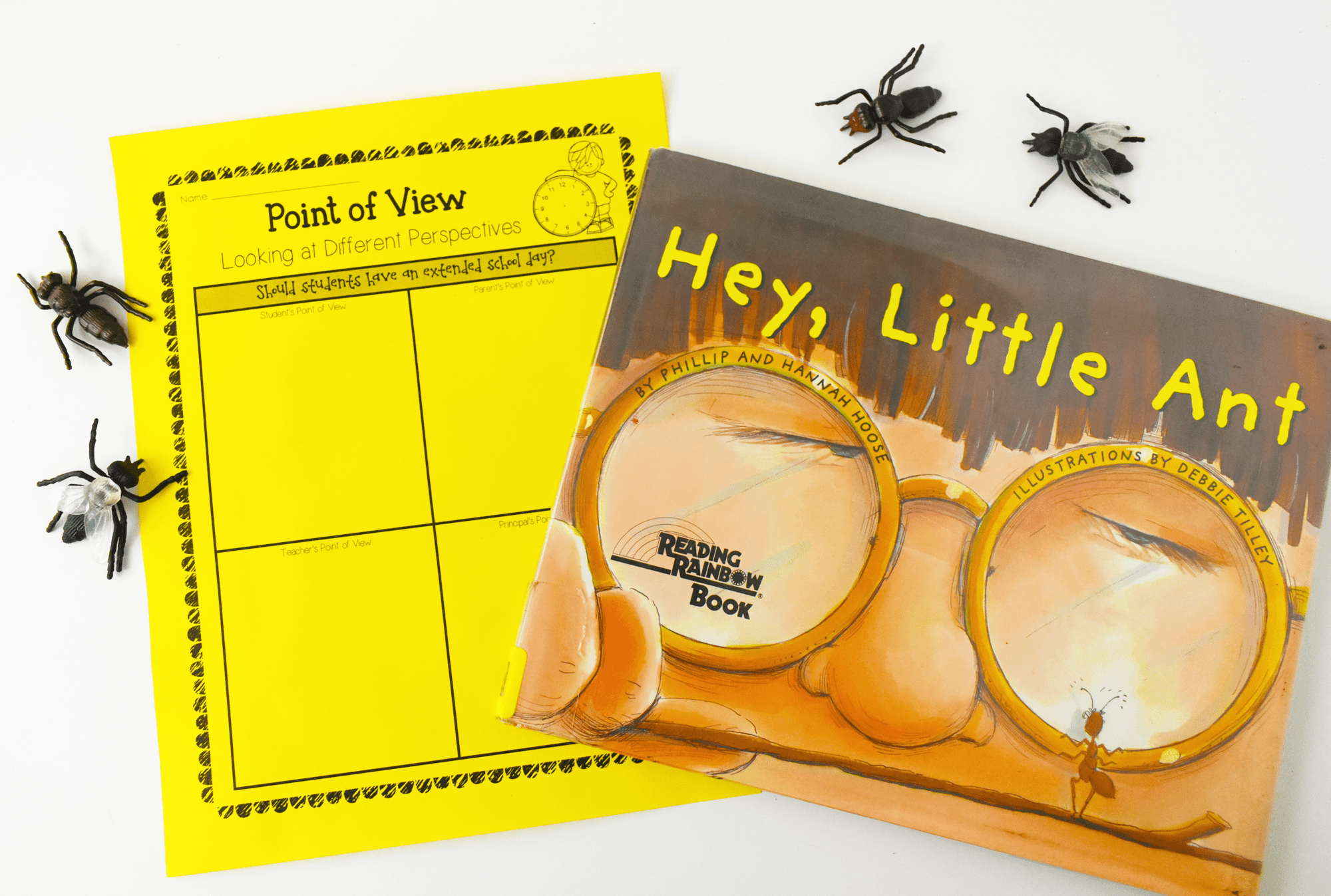
www.ashleigh-educationjourney.com
Characters Voice And Point Of View Worksheet – Have Fun Teaching

worksheets.clipart-library.com
Point Of View Worksheet 5 | Answers – Worksheets Library

worksheets.clipart-library.com
Point Of View Worksheets — Point Of View In Literature
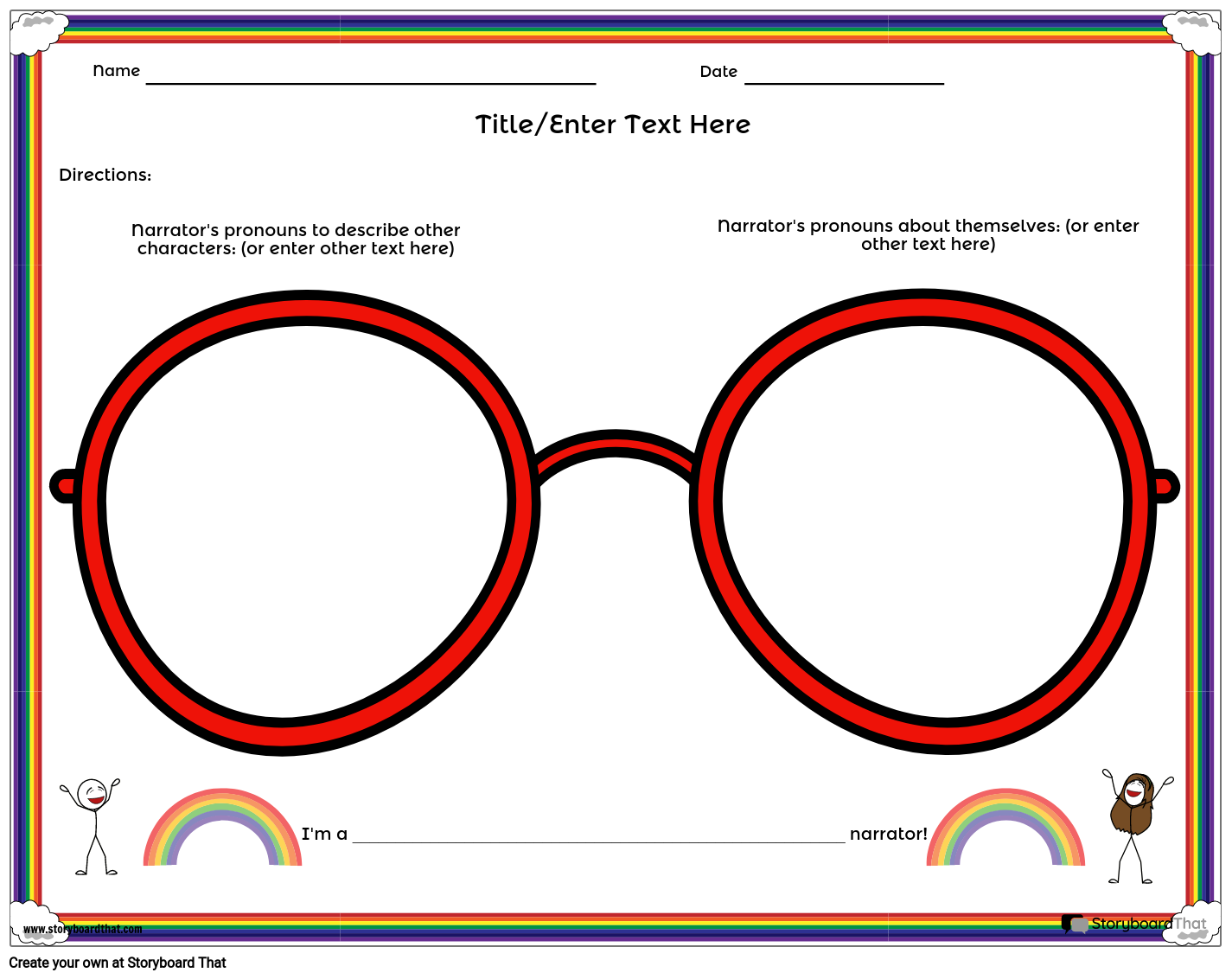
www.storyboardthat.com
Point Of View Worksheets – Ashleigh's Education Journey
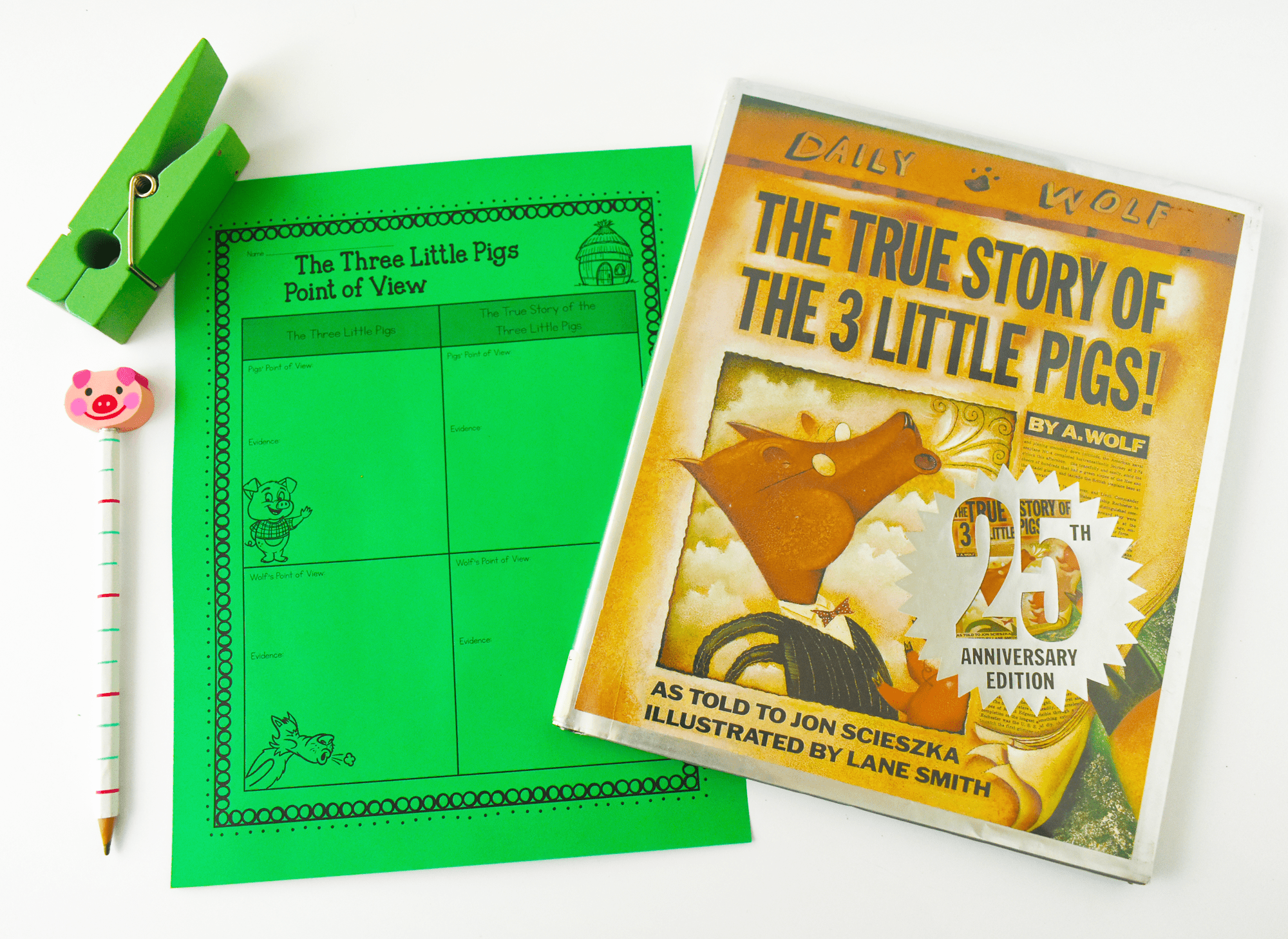
www.ashleigh-educationjourney.com
Point Of View Worksheet – Pro Worksheet
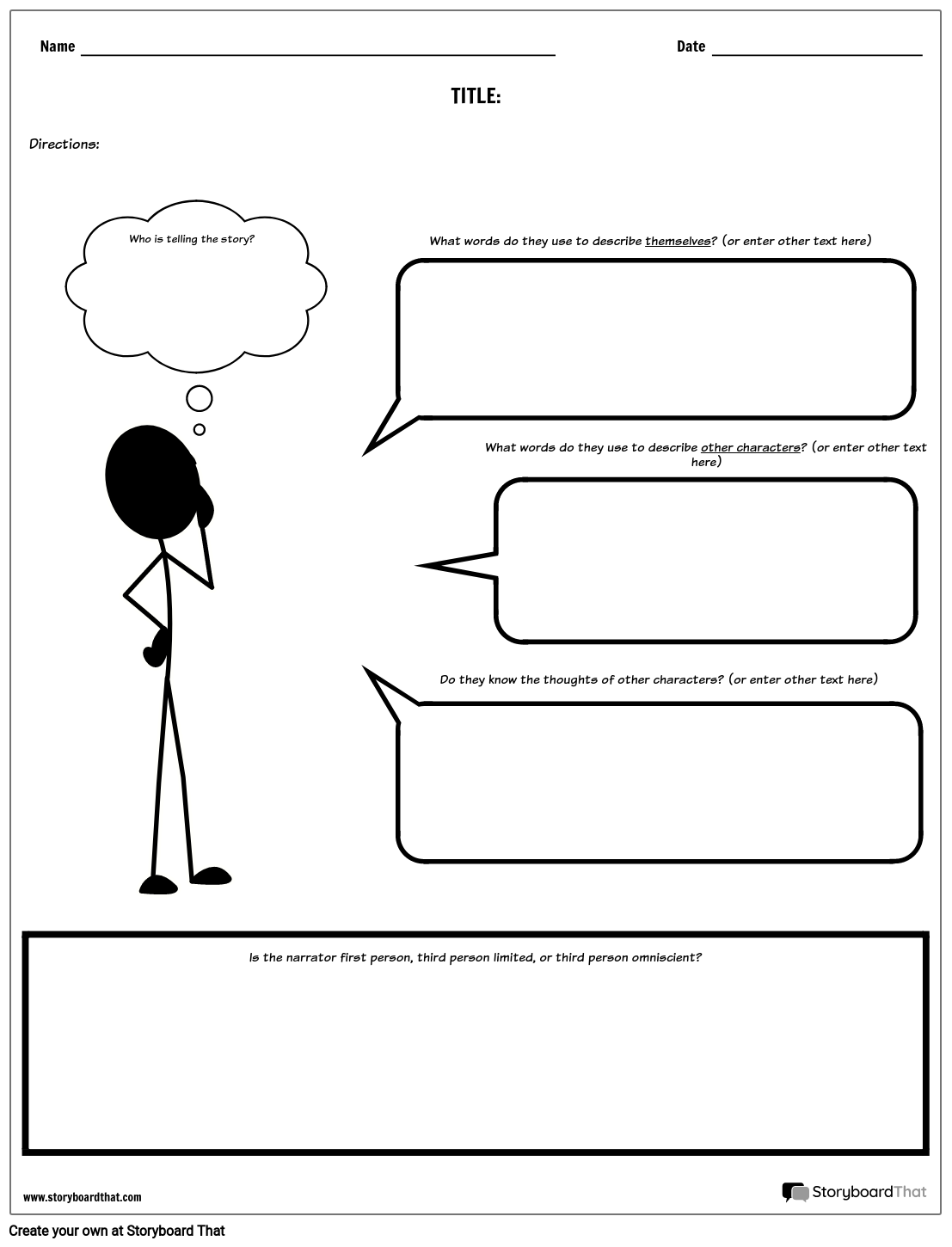
www.proworksheet.my.id
Point Of View Worksheet 3 | Reading Activity
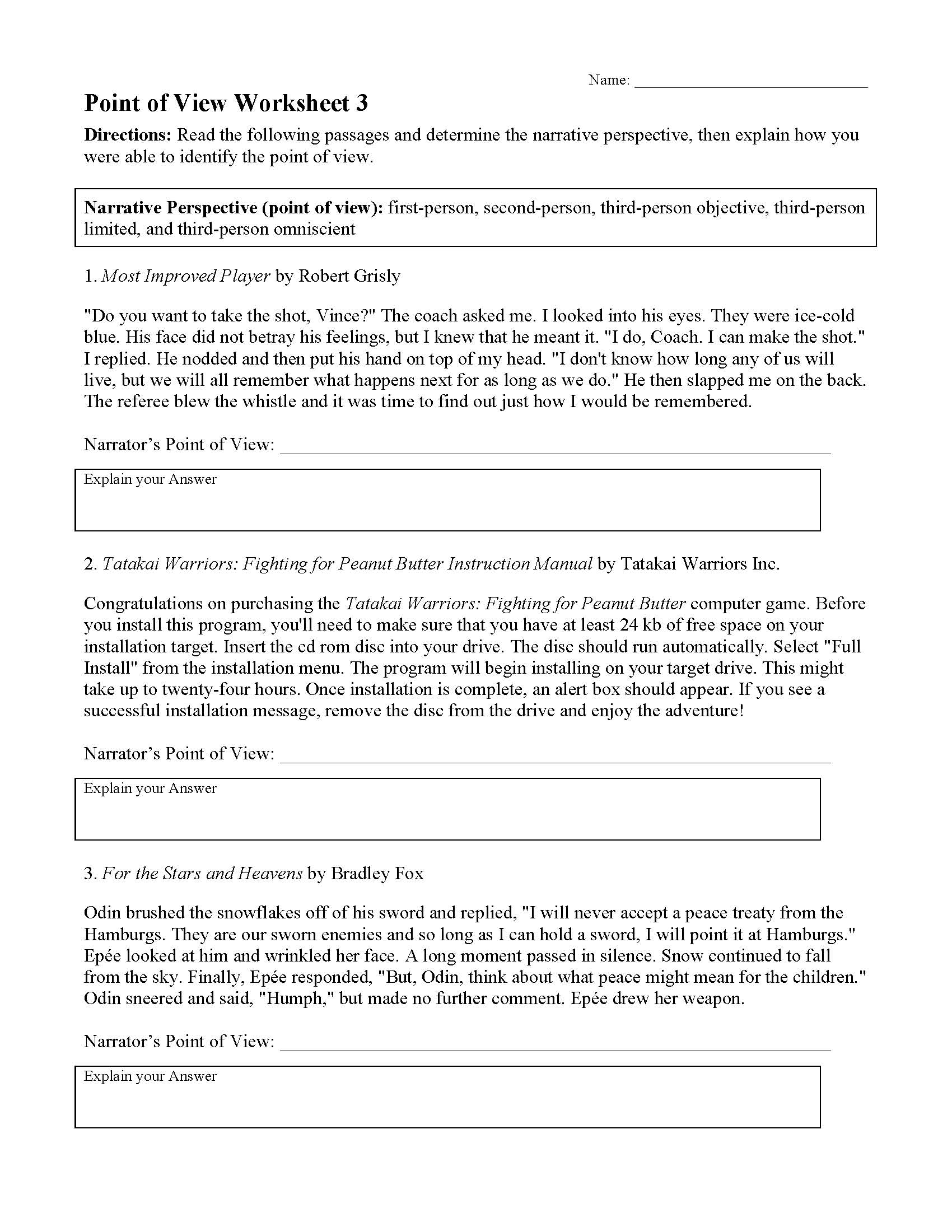
www.ereadingworksheets.com
Author Point Of View Worksheet – Pro Worksheet
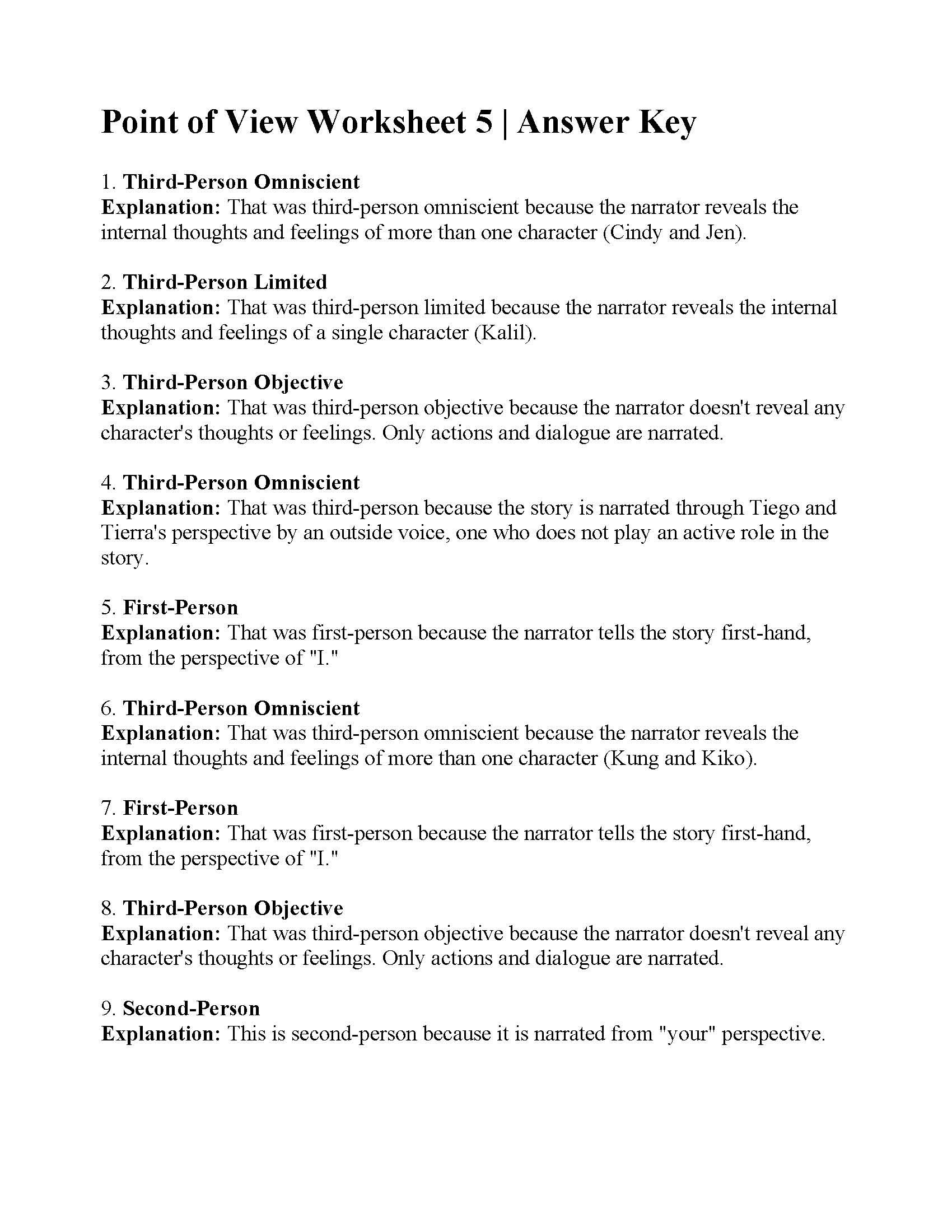
www.proworksheet.my.id
Point Of View Worksheet 21 – Pro Worksheet

www.proworksheet.my.id
Point Of View Worksheets — Point Of View In Literature – Worksheets Library

worksheets.clipart-library.com
Point Of View In Literature
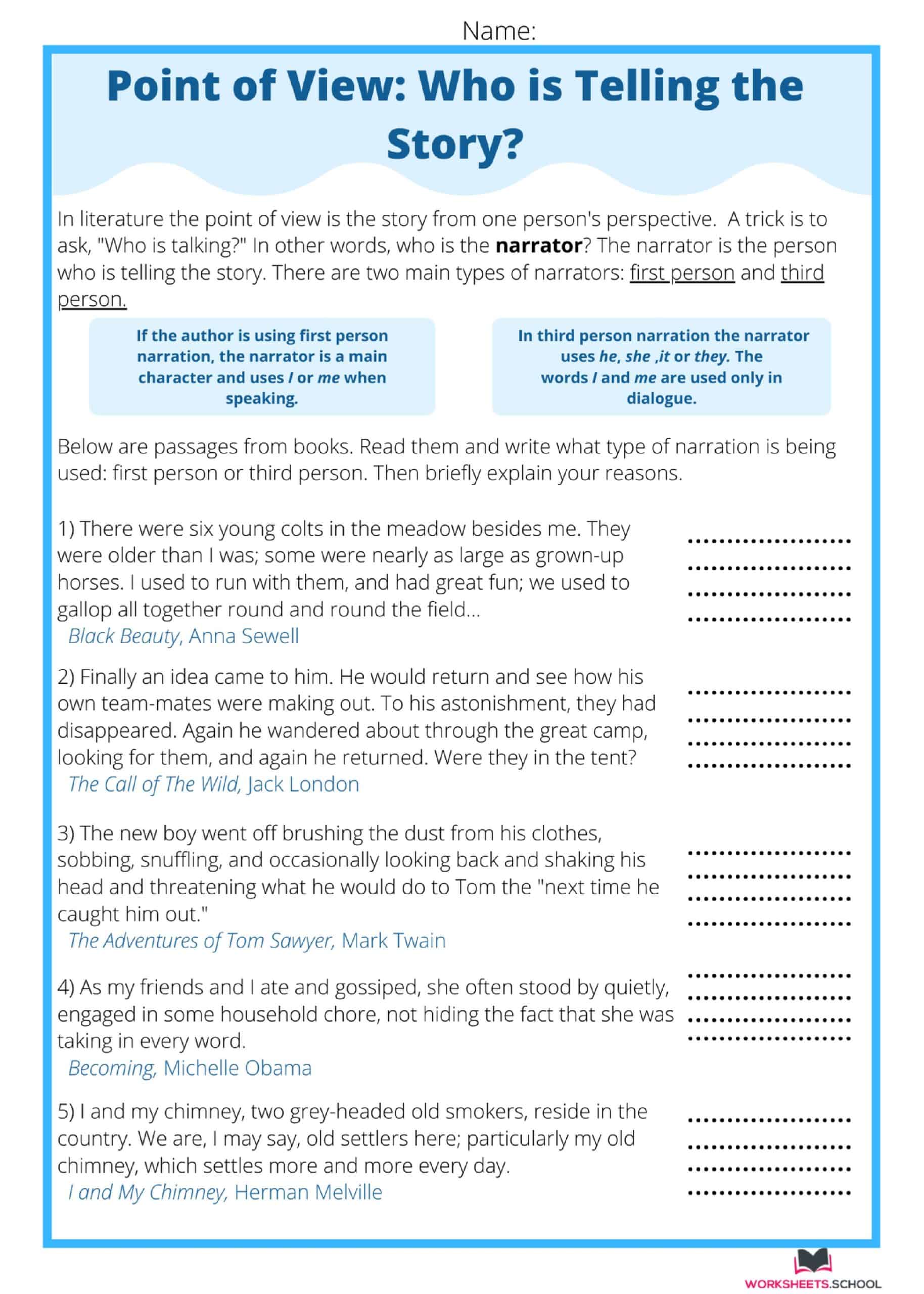
ar.inspiredpencil.com
Point Of View Worksheet 13 | Reading Activity
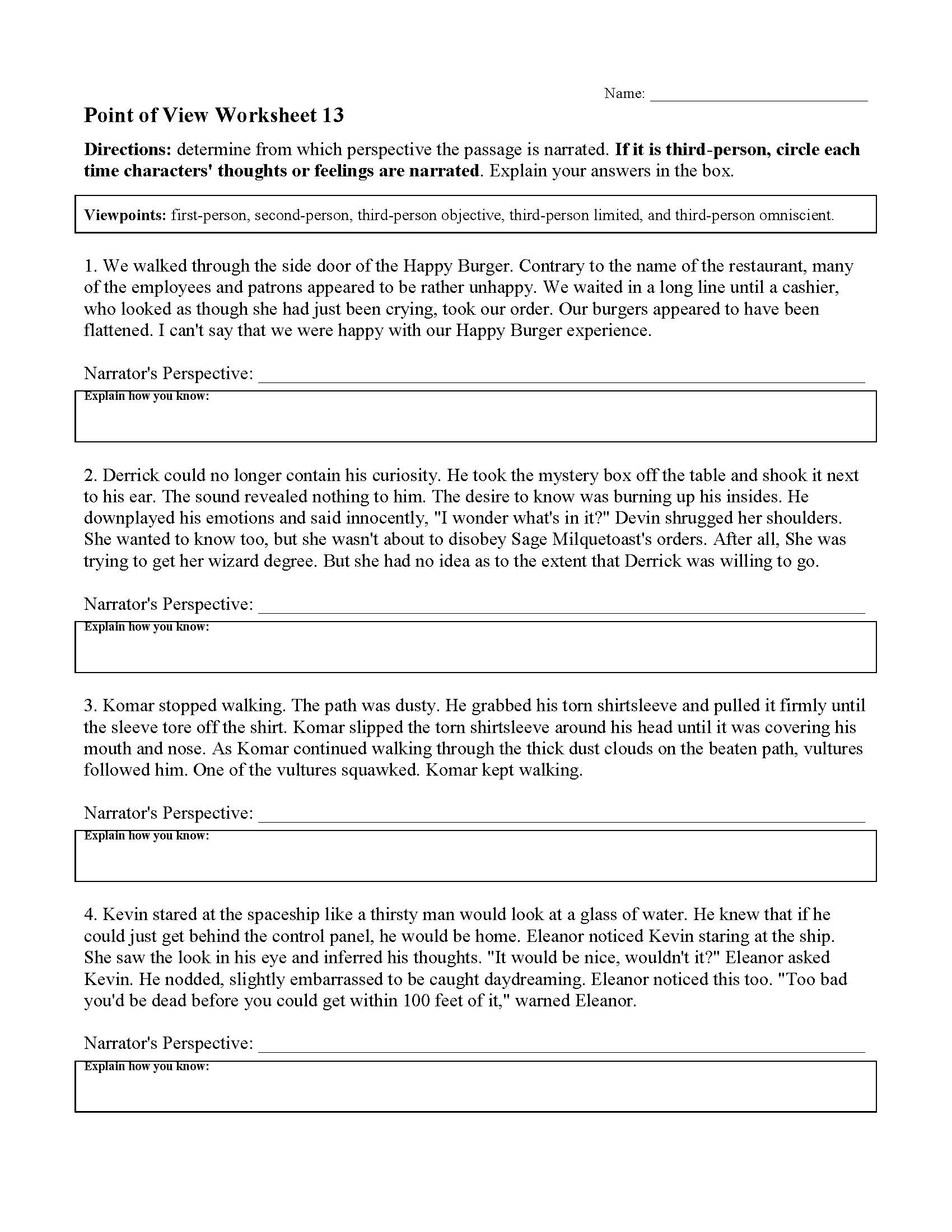
www.ereadingworksheets.com
Point Of View Worksheet 1 | Reading Activity – Worksheets Library
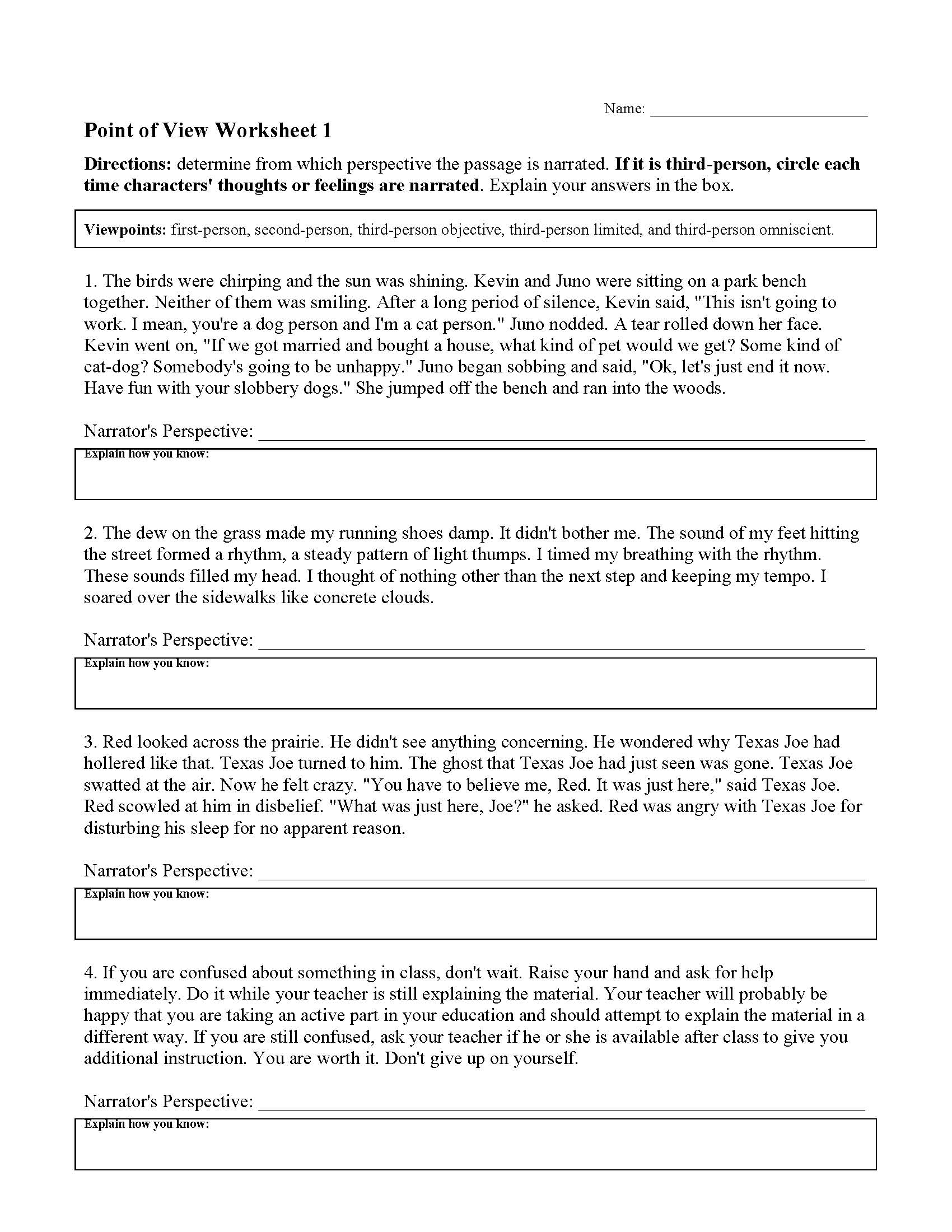
worksheets.clipart-library.com
Point Of View Worksheets — Point Of View In Literature – Worksheets Library
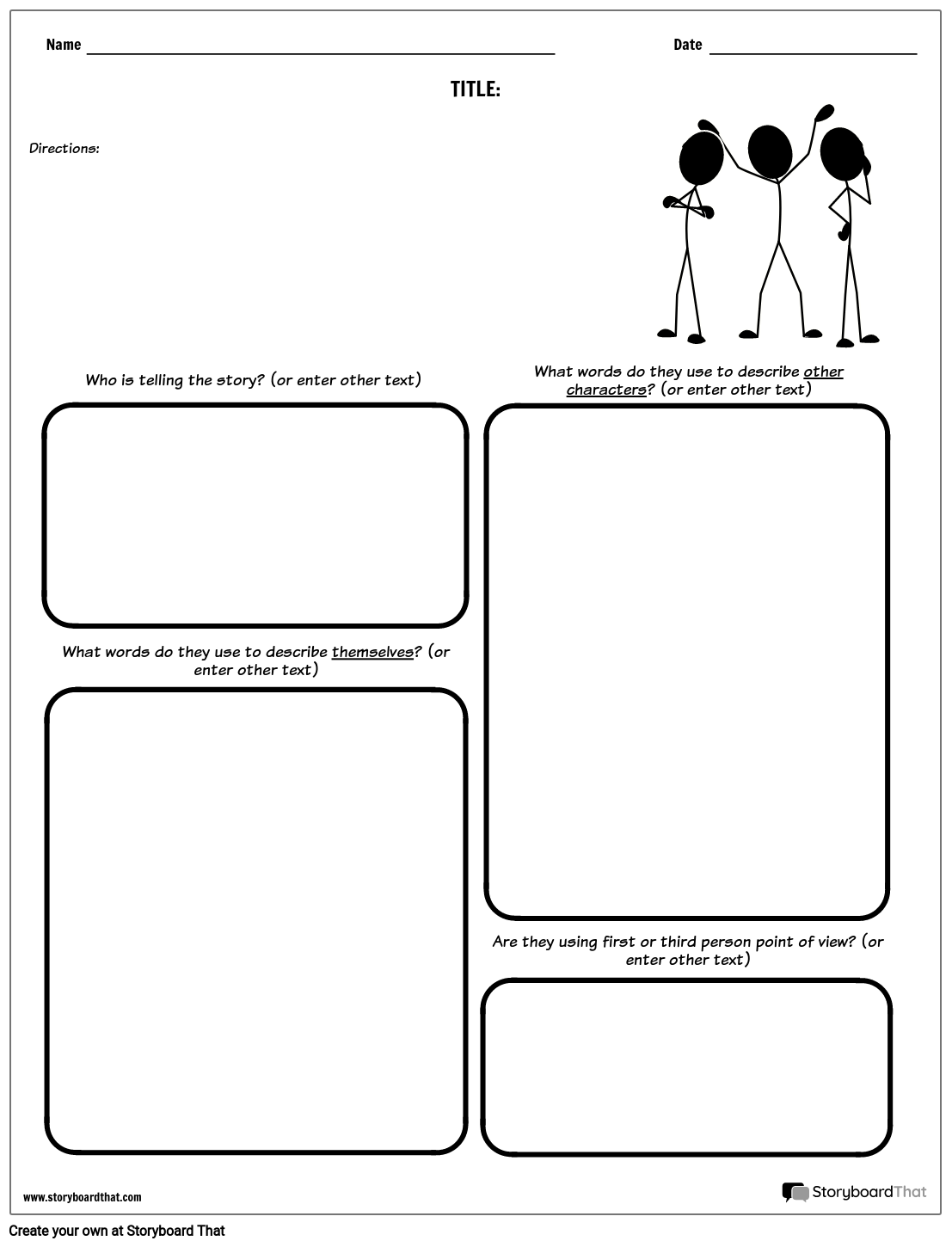
worksheets.clipart-library.com
Point Of View Worksheet 11 – Owhentheyanks.com

www.owhentheyanks.com
Point Of View Worksheets | Reading Activities – Worksheets Library
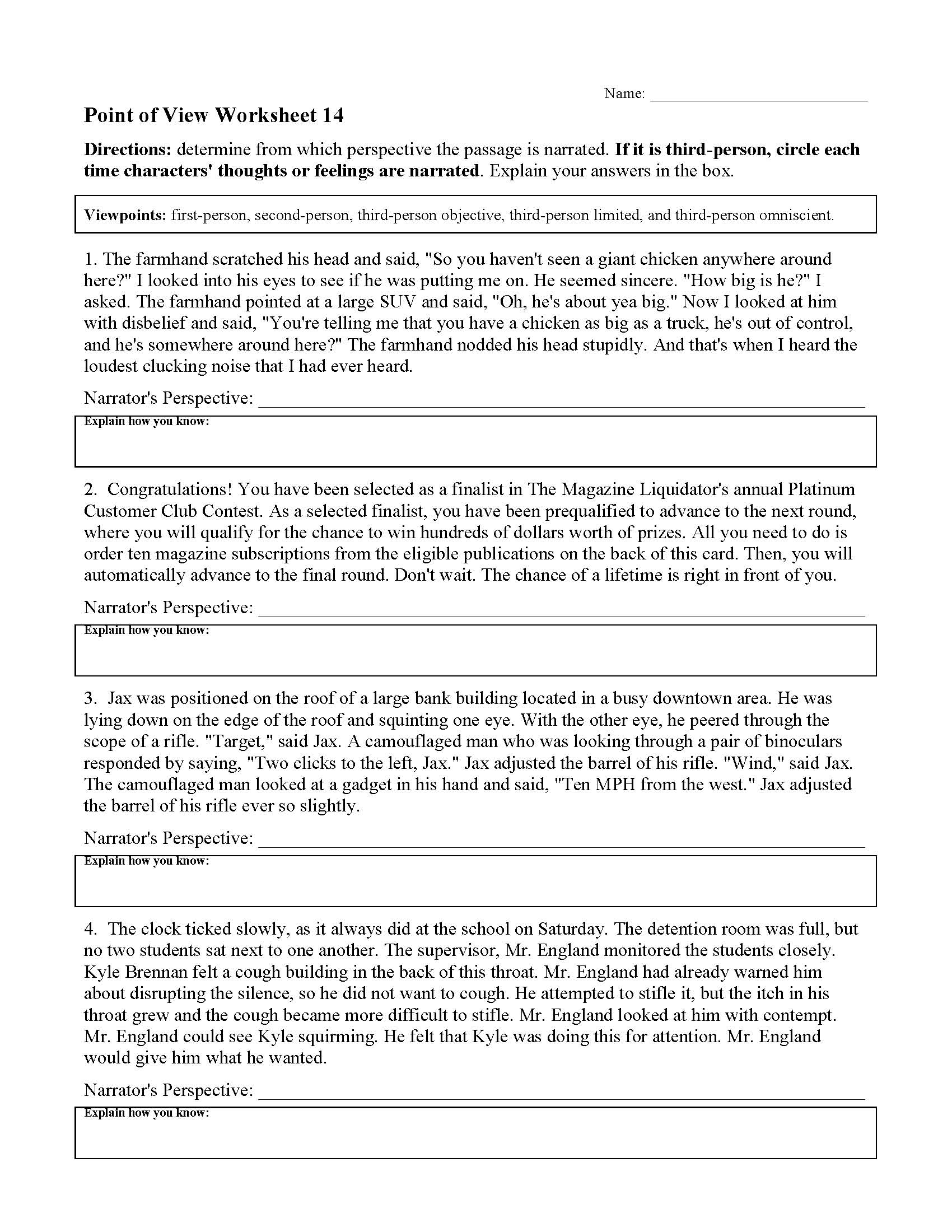
worksheets.clipart-library.com
Point Of View Worksheet 21 – Pro Worksheet

www.proworksheet.my.id
Point Of View Worksheets | Reading Activities – Worksheets Library
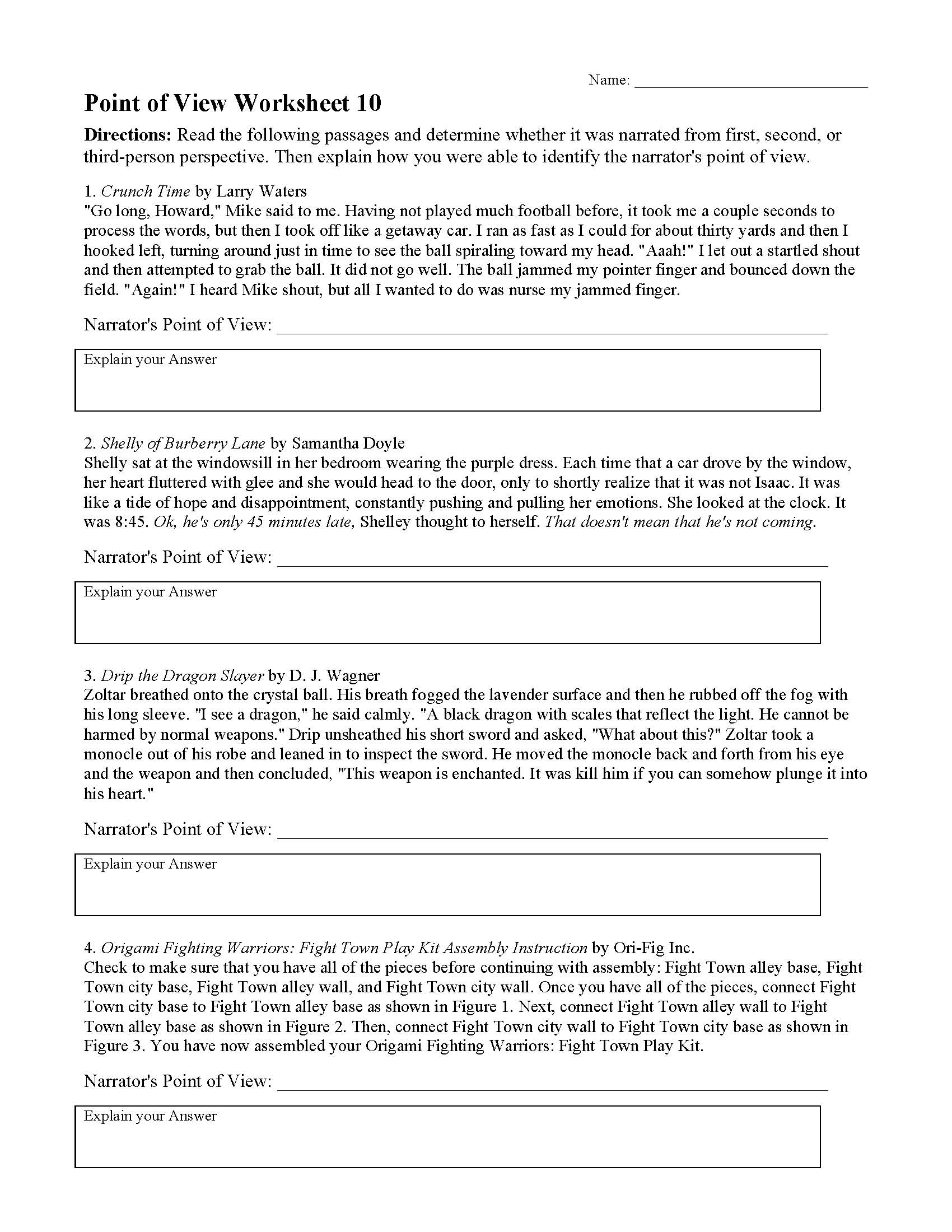
worksheets.clipart-library.com
Point Of View Worksheets — Point Of View In Literature – Worksheets Library
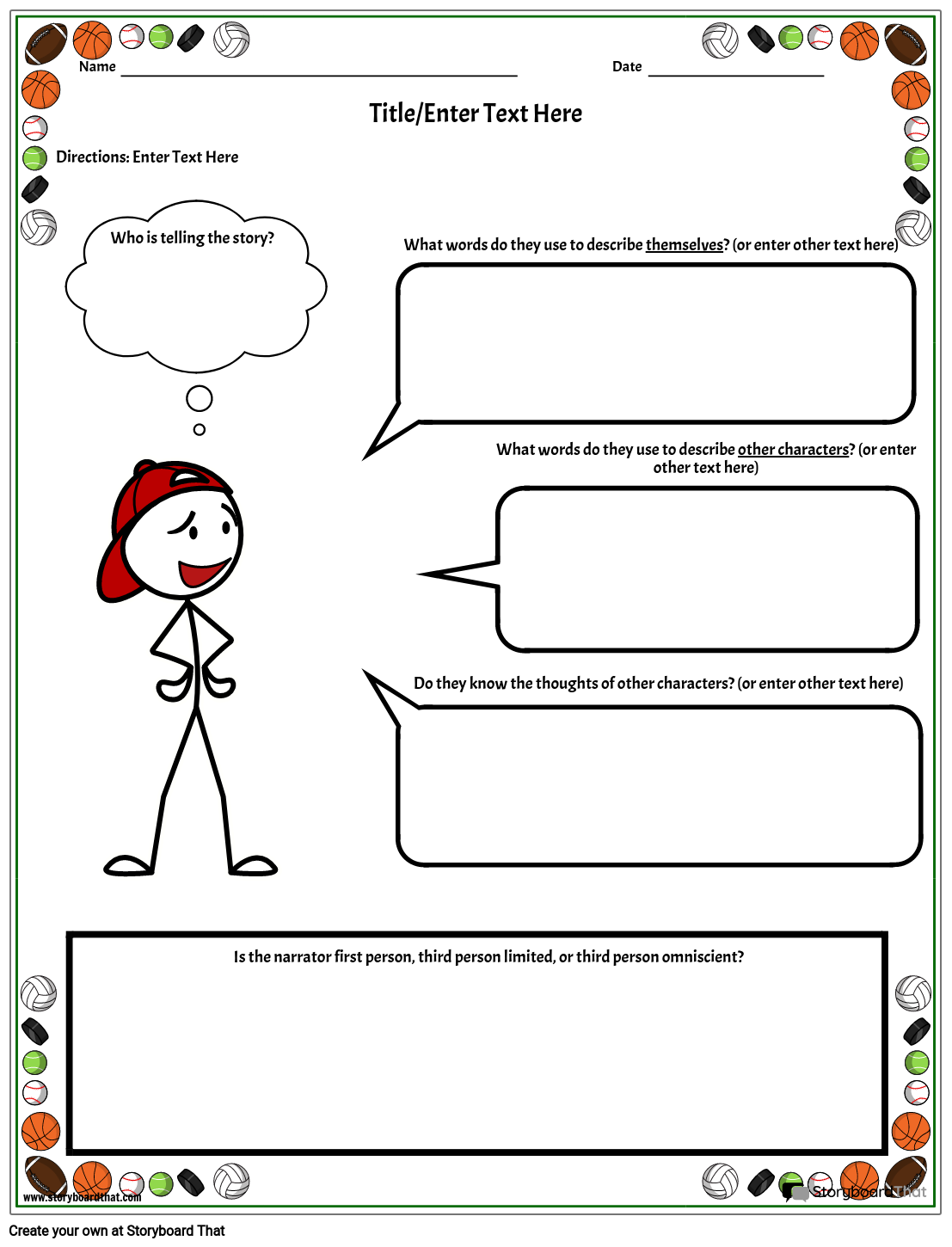
worksheets.clipart-library.com
point of view worksheet – pro worksheet. Point of view worksheet 3. point of view worksheets